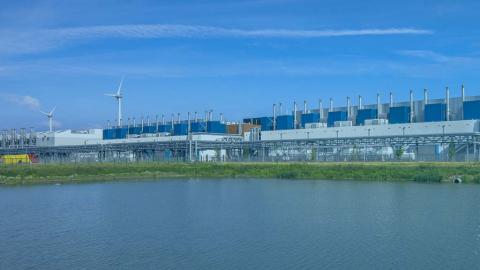The Azure outage highlights a blind spot in resiliency planning. It is not only cloud compute that can fail - shared global network services such as DNS and CDNs can disrupt access to systems anywhere, including on-premises.
filters
Explore All Topics
A fire in South Korea's government data center shows how a misjudged safety fix and a lithium-ion battery can spark a national outage, proving that battery chemistry, placement, and procedures are central to resilience.
A major outage at AWS's Virginia region took many global organizations offline. What can enterprises do to reduce or negate the impact of such widespread outages?
Many data center OT systems share High- or Critical-level common vulnerabilities and exposures (CVEs), making them easy targets for cyberattackers. Operators need to act to protect their critical infrastructures.
Cybersecurity issues remain a major threat to the industry. This report highlights findings from the Uptime Institute Data Center Security Survey 2025, including costs and the persistence of IT software and network configuration issues.
Many operators report that they trust AI to draft their MOPs, EOPs and SOPs. But this potentially error-prone approach demands meticulous review by an appropriate member of staff, or operators risk increasing the likelihood of costly downtime.
Most operators do not trust AI-based systems to control equipment in the data center - this has implications for software products that are already available, as well as those in development.
Security vulnerabilities in data center infrastructure management (DCIM) software are leaving some operators at risk of cyberattacks.
Results from Uptime Institute's 2025 Security Survey (n=982), now in its 3rd year, explore major cybersecurity issues facing data centers, as well as the IT and OT systems used to operate critical infrastructure.The attached data files below provide…
The Uptime Institute Global Data Center Survey, now in its 15th year, is the most comprehensive and longest-running study of its kind. The findings in this report highlight the practices and experiences of data center owners and operators in the…
The 15th edition of the Uptime Institute Global Data Center Survey highlights the experiences and strategies of data center owners and operators in the areas of resiliency, sustainability, efficiency, staffing, cloud and AI.
AI training can strain power distribution systems and shorten hardware life - especially in data centers not built for dynamic workloads. Many operators may be underestimating these risks during design and capacity planning.
Current geopolitical tensions are eroding some European organizations' confidence in the security of hyperscalers; however, moving away from them entirely is not practically feasible.
Data center operators are increasingly aware that their operational technology systems are vulnerable to cyberattacks. Recent incident reports show a rise in ransomware attacks, which pose significant risks to data centers
Training large transformer models is different from all other workloads - data center operators need to reconsider their approach to both capacity planning and safety margins across their infrastructure.
 Dr. Owen Rogers
Dr. Owen Rogers
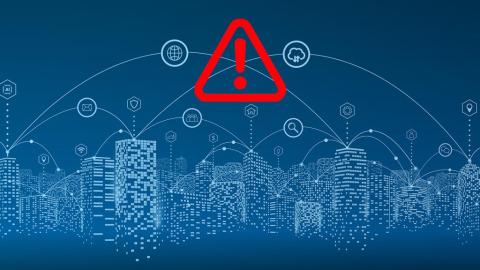
 Dr. Rand Talib
Dr. Rand Talib

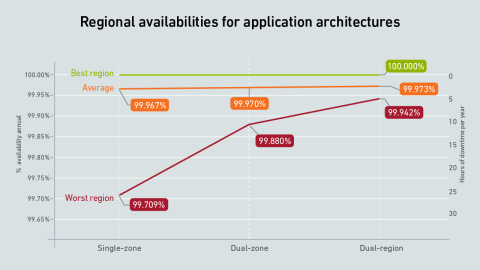
 John O'Brien
John O'Brien
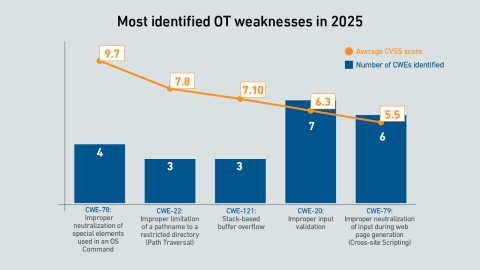
 Rose Weinschenk
Rose Weinschenk

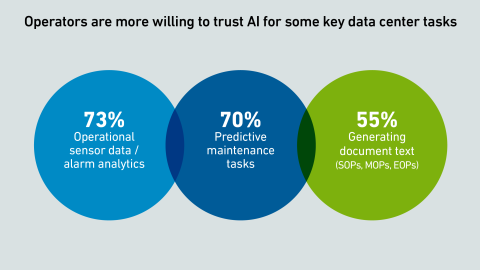
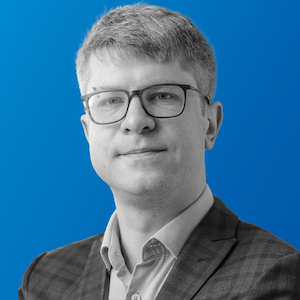 Max Smolaks
Max Smolaks


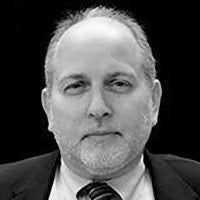 Paul Carton
Paul Carton
 Anthony Sbarra
Anthony Sbarra
 Laurie Williams
Laurie Williams

 Andy Lawrence
Andy Lawrence
 Daniel Bizo
Daniel Bizo
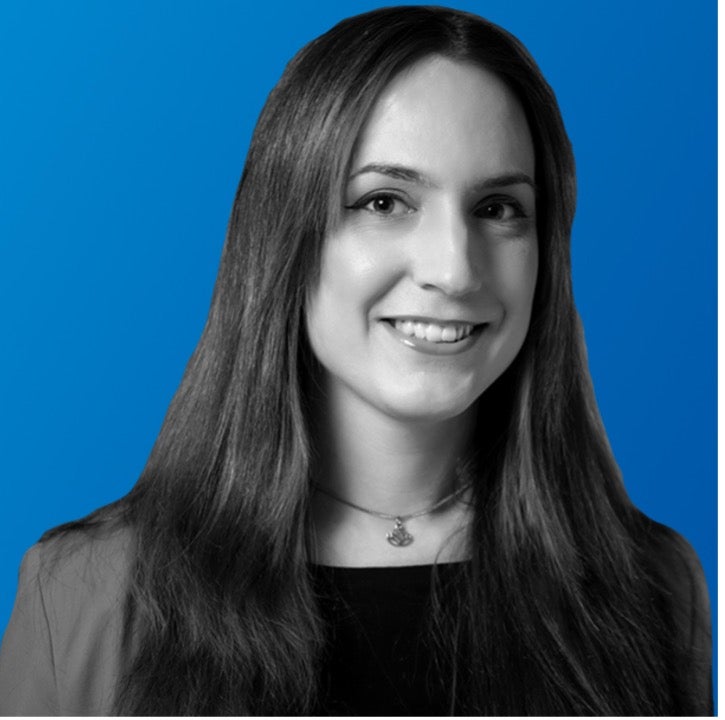 Jacqueline Davis
Jacqueline Davis
 Douglas Donnellan
Douglas Donnellan

 Peter Judge
Peter Judge


